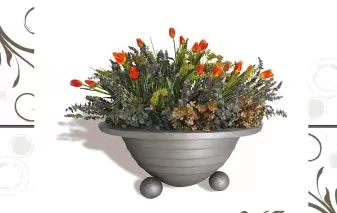Manual Control Butterfly Valve for Efficient Flow Regulation and Operation
Manual Operated Butterfly Valve A Comprehensive Overview
A manual operated butterfly valve is a pivotal component in various industrial applications, providing efficient flow control for liquids and gases. Recognized for its simple design and ease of operation, this valve type plays a crucial role in numerous systems, including water treatment, chemical processing, and HVAC industries.
Construction and Design
The butterfly valve consists of a circular disc or plate (the ‘butterfly’) that rotates around a central axis within the pipe. When the valve is fully closed, the disc is perpendicular to the flow, effectively blocking it. Conversely, when it is fully open, the disc aligns parallel to the flow, allowing maximum fluid passage. The manual operation is typically facilitated by a lever or handwheel, enabling operators to control the valve's position easily.
One of the key advantages of a butterfly valve is its compact design, which requires significantly less space compared to traditional gate valves. This feature makes it ideal for systems with spatial constraints. Moreover, the construction of the valve allows for a lightweight design, contributing to reduced costs in installation and support structures.
Operation and Usage
Manual operated butterfly valves are manipulated through physical force applied by the operator. This direct method provides immediate feedback regarding the valve's position, enabling precise control over fluid flow. Operators can quickly adjust the valve from open to closed positions and intermediate settings for throttling purposes.
manual operated butterfly valve

In terms of usage, these valves are predominantly found in applications where tight shut-off is not the primary requirement. Instead, they excel in systems where quick operation and regulatory control are paramount. Consequently, they are often preferred in processes that involve large volumes of flow and require regular adjustments.
Advantages
The manual operated butterfly valve offers several significant benefits. First, its design promotes low-pressure drop across the valve, ensuring minimal energy loss during flow, which can lead to cost savings in energy consumption. Secondly, the maintenance of a butterfly valve is generally straightforward, as it contains fewer moving parts compared to other types of valves, reducing the risk of mechanical failures and downtime.
Additionally, they are available in various materials such as PVC, stainless steel, and cast iron, making them suitable for a wide range of media, including corrosive substances. Their versatility also extends to temperature and pressure ratings, making them adaptable to diverse industrial environments.
Conclusion
In conclusion, the manual operated butterfly valve is an efficient, reliable, and versatile solution for flow management in various industries. Its straightforward design, ease of operation, and low maintenance make it a preferred choice for many applications. As industries continue to evolve and demand more efficient systems, the significance of such valves in infrastructure is likely to grow, reinforcing their integral role in modern engineering solutions.
-
The Smarter Choice for Pedestrian AreasNewsJun.30,2025
-
The Gold Standard in Round Drain CoversNewsJun.30,2025
-
The Gold Standard in Manhole Cover SystemsNewsJun.30,2025
-
Superior Drainage Solutions with Premium Gully GratesNewsJun.30,2025
-
Superior Drainage Solutions for Global InfrastructureNewsJun.30,2025
-
Square Manhole Solutions for Modern InfrastructureNewsJun.30,2025
-
Premium Manhole Covers for Modern InfrastructureNewsJun.30,2025
